A Scottish surgeon raced to Malawi to treat the wounded after the country was battered by Cyclone Freddy.
Aid worker Andy Kent has been part of the UK Emergency Medical Team deployed to Malawi through the Foreign, Commonwealth and Development Office as part of the international response to the disaster.
Mr Kent is a orthopaedic surgeon at Raigmore Hospital in Inverness.
Devastating flooding caused by Cyclone Freddy has displaced an estimated 183,000 people across Malawi, Mozambique and Madagascar – killing more than 500 people.
Former military medic Mr Kent told of the challenges he’s faced treating casualties at the Queen Elizabeth Central Hospital, in Blantyre, in southern Malawi.
He said: “A lot of the orthopaedic injuries we are treating are people whose houses have fallen in on them due to the flooding.
Complicated injuries
“The injuries we are seeing are mainly lower limb long-bone fractures – complicated injuries where you have open fractures with bones sticking out.
“With the wounds and bone exposed, the risk of infection is significant, especially in a country where the risk of infection is already high because they do not have the level of antibiotic care that people in the UK take for granted.
“Sadly, a lot of people have been swept away and drowned before they’ve managed to get to higher ground. If you’ve broken an arm or leg and get washed away, you cannot swim and will drown.
“If you consider there are 500 confirmed dead, and a further 500 still missing presumed dead, a lot of the people we’ve been treating have lost loved ones, friends and family. It is heart-breaking.”
He added: “There’s one lady we operated on last week who had a very nasty knee fracture but her sister had died.
“She’d been transferred to Blantyre but had postponed her surgery because she wanted to go and bury her sister before returning for surgery.”
Mr Kent was awarded an OBE in the King’s New Years Honours list for his humanitarian work volunteering with frontline aid charity UK-Med, who supply doctors and nurses to the UK Government’s Emergency Medical Team (EMT).
UK aid pays for EMT staffs’ regular roles to be backfilled to ensure the NHS is not impacted.
Mr Kent, = who has previously supported crisis responses in Ukraine, Iraq and Beirut, hailed Malawian medics who make the best of their limited resources to save survivors.
He said: “Malawi only has around seven full-time consultants or orthopaedic surgeons in the whole country serving 17 million, whereas there are 16 orthopaedic surgeons at Raigmore Hospital alone.
Limited resources
“There are some very well-trained surgeons here doing the best they can with limited resources.
“It is very stressful operating in an environment where you don’t necessarily have the equipment you have back in the UK.
“Normally when we fix fractures back in the UK, we use a thing called a c-arm, which is a portable x-ray machine. It allows us to take x-rays as we are fixing fractures.
“The surgeons here are quite used to that way of working but working radiographically blind during an operation is not something we are used to.
“Instead of using fancy, very expensive power drills that we use to put screws in, they use normal drills you could buy from B&Q, which they put inside a sterile bag.
“Now it does the job. We have done that in other countries as well because you have to adapt and make the best of the resources that are available.
“It highlights the importance of UK aid supporting humanitarian responses such as this.”
UK minister for development and Africa Andrew Mitchell MP said: “We have been working since this horrendous cyclone hit to support the emergency response in Malawi and provide life-saving assistance to those who need it most.
“Working alongside the Malawians, our search and rescue and medical teams are playing a critical role in helping ensure those who have lost their homes in the floods receive much required expert assistance and that we prevent a wider outbreak of cholera.”
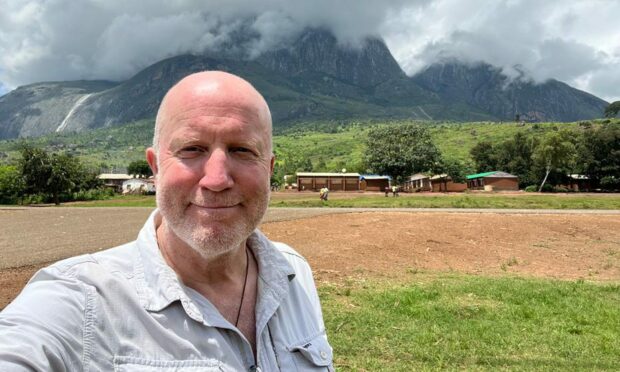
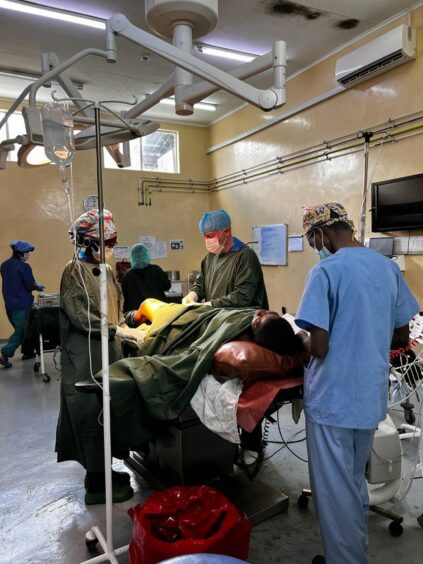
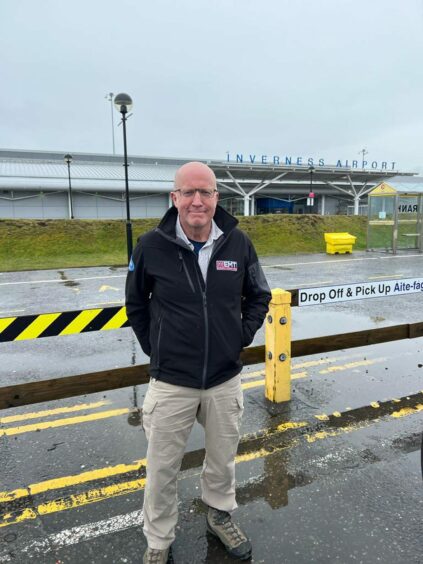
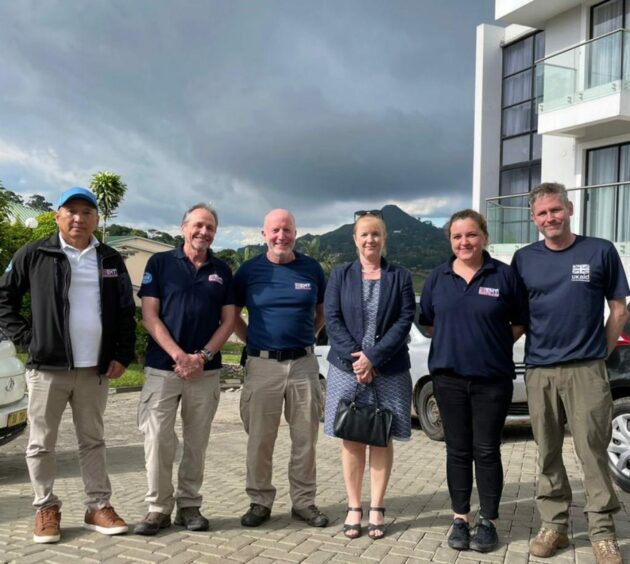
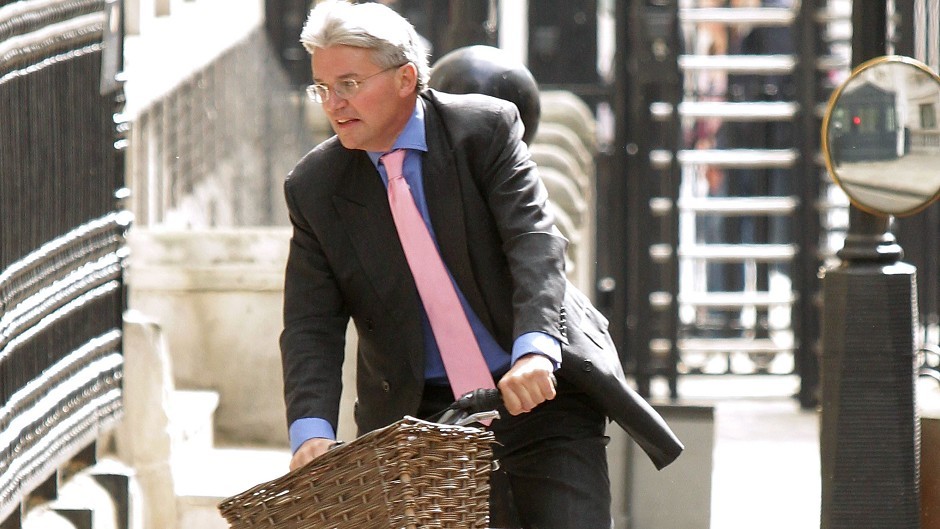
Conversation